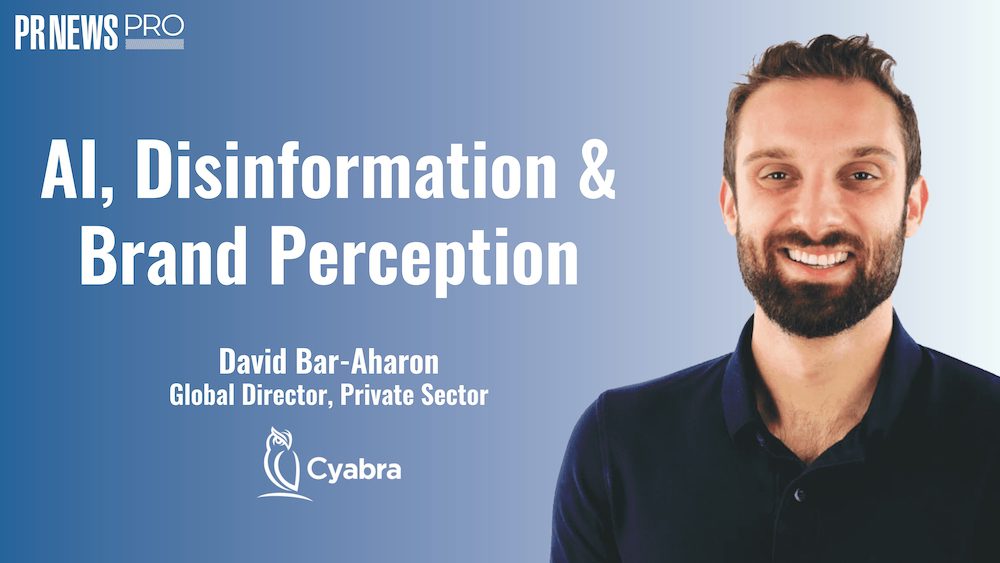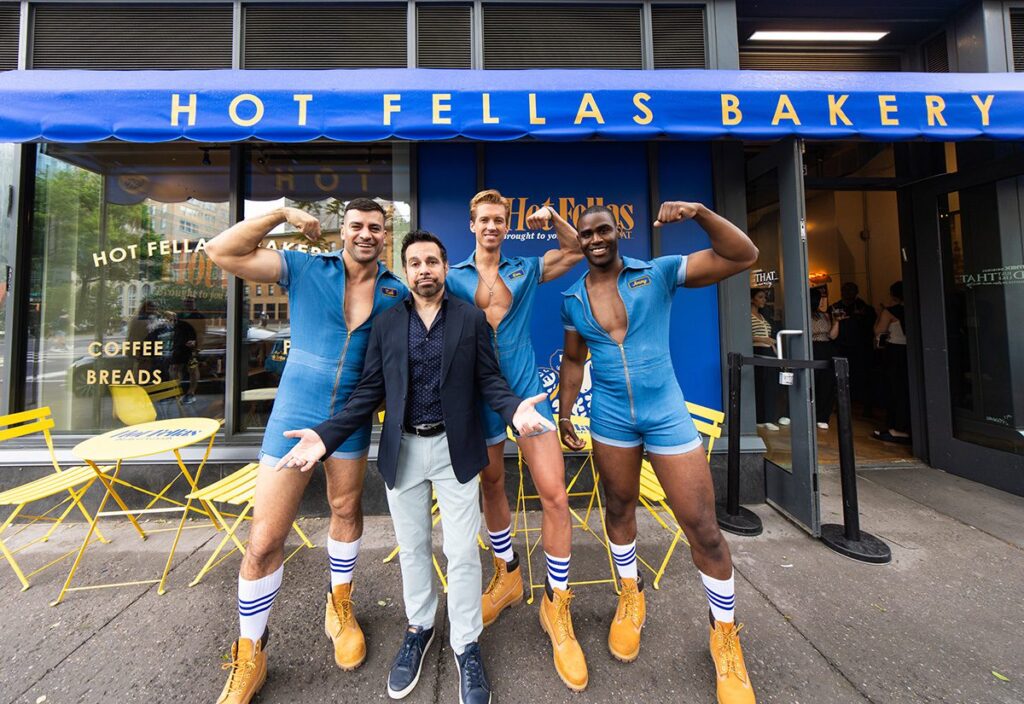
“Your path isn’t always easy, but the only ceiling in life is the one that you give it. You can accomplish anything if you’ve got determination, some grit, some vision for where you want to be, and you think about how you can do something versus if you can do something. I found that to be really valuable throughout my career.”
—Allice Milligan, CMO at Morgan Stanley
In the quote above, Milligan is referring to her atypical career journey to the C-suite. She left home at 19, worked a paper route, took a camp counselor gig and went to night school before landing a job in financial services. We spoke extensively with Milligan about her rise to the top, philosophies that guide her, how she markets to younger customers, social media strategies, innovative programs at Morgan Stanley, and more.
Chief Marketer: Your journey to becoming CMO at Morgan Stanley was not typical. What were some of the challenges you faced along the way?
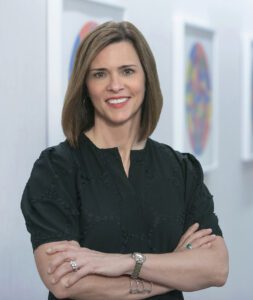
Alice Milligan, CMO at Morgan Stanley: People don’t always know that I left home when I was 19, with the money I had saved up from a variety of different jobs—a paper route, a camp counselor… I ended up starting my career at AT&T as an administrative assistant and realized pretty quickly I wanted to do something different, so I went back to school at night. It took me over a decade to get my undergrad and then my master’s degree in marketing and communications.
I’ve spent much of my career in financial services, but I did a brief stint in fashion earlier in my career. But I felt like I had a stronger mission in terms of what financial services meant and did for people. It’s a space that you take for granted, but it enables people to live their dreams and do the things that they want to do. And most of the time that requires some sort of planning and financial investment. I have always gravitated towards spaces that make a tangible difference in how a consumer feels about a product, service or a brand.
I spent my career in four spaces: marketing, technology, operations and analytics. That combination got me excited about the space, but also prepared me for being a modern marketer and balancing that art and science of the function and the skillset. I accepted a role at Citi as the Chief Digital Officer, and then at E*TRADE I was the Chief Customer Experience Officer. Then we were acquired by Morgan Stanley and I became the Chief Marketing Officer there.
CM: What are some lessons you’ve learned along the way?
AM: Your path isn’t always easy, but the only ceiling in life is the one that you give it. You can accomplish anything if you’ve got determination, some grit, some vision for where you want to be, and you think about how you can do something versus if you can do something. I found that to be really valuable throughout my career.
The other thing that’s been important… is I’ve always had a vision for what I wanted to do, what I was good at, and how I could play to my strengths. But I was flexible enough to be open to what others—whether my leader or the head of a division or a group—had in mind, and took on some of those challenging tasks.
CM: What’s an example of that?
AM: When I was at American Express, I was approached about taking on a two-year technology capability development assignment. I’m not an engineer; it wasn’t really in my wheelhouse. But because I was good at defining consumer requirements, understanding those and prioritizing what’s most important, they reached out to me at Amex for that role. I took it, and that prepared me for a lot of [future] digital roles, because I was someone who was in the organization, knew marketing, knew how to navigate the firm and the politics… but had a strong understanding of technology and also digital experience development.
CM: You worked at Coach as SVP of Global Direct and Digital Marketing for a time. What did a stint at a fashion brand teach you?
AM: The space helped me as I moved to Citi. I started out in the credit card area, but Citi also had a big retail banking business. So, understanding the retail space—the brick-and-mortar location, people going into those locations, how you manage and balance the need for digital, mobile technology and access with retail establishments, and the interplay between those things—was really important. I learned how retailers measure success, how they looked at their technology as ways to engage people not only online, but bringing them into store and location, and the tools that the associates used within a retail establishment.
That was my first foray into using Salesforce, [which includes] understanding your client, creating a profile of their likes, their dislikes, their sizes… what they had in their closets, so that you could think about the next best offer for them. Also, retail had a strong focus on customer relationship management database marketing, so I learned a lot about those capabilities and how to effectively think about performance marketing and driving a sense of urgency through the retail experience that I then leveraged at Citi, E*TRADE and now Morgan Stanley.
CM: How does all this inform your brand marketing strategy currently? And what are some of the challenges to marketing a B2B brand?
AM: We have been on a journey as a firm over the last few years. First, Morgan Stanley had traditionally been a product-driven, face-to-face, sales-driven organization. However, with the acquisition of E*TRADE alone, for example, we brought on over 5.2 million clients, which expanded not only the pipeline of clients, but they were different clients. At E*TRADE, they tended to be younger. They were self-directed investors, very comfortable with technology, with less face-to-face interaction and more digital interaction. In thinking about that and how we approached it, we needed to consider two things: the “what” as well as the “how” for these particular clients—the products and services, and what they were interested in and actually needed, as well as how we delivered those things to them.
I spent the first year of my tenure working on our brand strategy. What is that platform we’re going to build off of? Who are we trying to attract and work with as a client? How do we get to those people, in the right ways and means? Then the second year we launched our new brand global brand campaign called “Old School Grit, New World Ideas,” which was informed by these [new] and prospective clients.
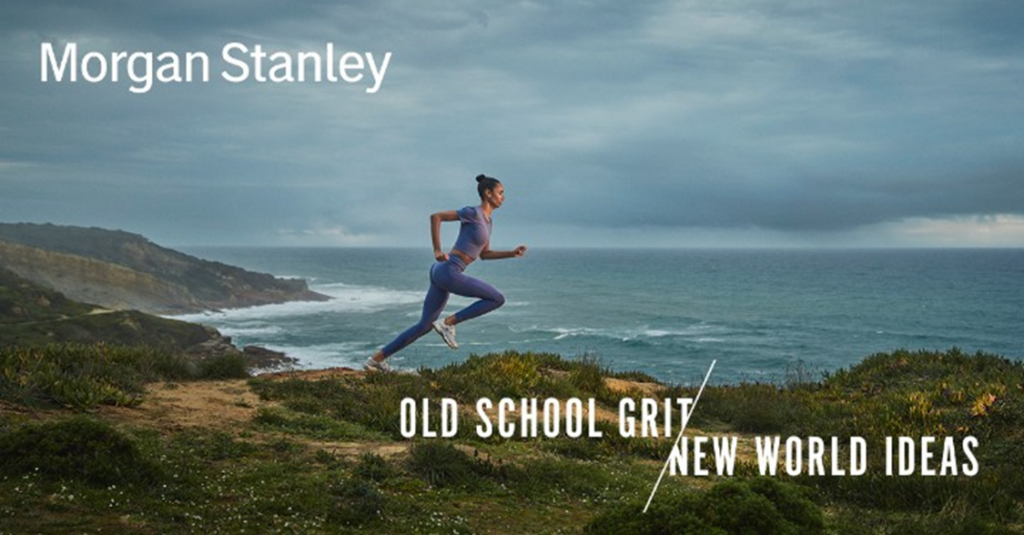
CM: How did you land on the campaign idea?
AM: We did over 8,000 interviews with clients, prospects and employees, and we heard a couple of things. One was that whether they were a corporation, a business, an employer or an individual investor, they all had a vision for where they wanted to go or what their goals were in life, but they needed a partner to help them achieve that goal, and also understand the things that they didn’t know.
Many of them felt they had a binary choice in the industry—a legacy brand that had been through complexity, through market ups and downs, and had a history, or a FinTech that was a new, innovative startup, but maybe didn’t have those other aspects. With Morgan Stanley’s acquisitions, we had the best of both worlds. We had the legacy and the ability to understand the marketplace and those complexities, and we were visionary—we had new technology, new capabilities. That brand campaign brought pairing those together to life.
From there, then we looked at new media partnerships… to show our firm to a broader audience. We went from traditional communications like The Times, Bloomberg and CNN, to newer publications like Vogue and Food & Wine. And we saw a double digit lift in our favorability among emerging affluent consumers.
CM: What are some of these partnerships? What makes them more innovative?
AM: We started to challenge some symbols—even within the industry of financial services—with our partnership with Rebecca Minkoff, for example. Her audience was younger, more modern and emerging affluent in terms of the consumer profile. But also, one of her first bags was called “The Morning After Bag,” modeled after a traditional Wall Street symbol called The Banker Bag—that duffle bag that you see Wall Street traders walking around with, with their gym clothes and other things inside. That was traditionally viewed as a male-oriented, financial services symbol.
When we talked to women, we saw a couple of things. One, that they controlled about $11 trillion in personal wealth. But they felt that financial services was intimidating, talked down to them, used a lot of jargon, and really wasn’t for them. So we started with our employees and we said, how could we show a symbol or signal a change? We thought reinventing that banker bag in a way that was modern, that was current, and that was for a new generation of women on Wall Street was a fantastic way to do that.
We partnered with Rebecca and showed up with this new banker bag, and we launched it at her spring/summer 2023 fashion show. That went over really well with our employees, with our clients and consumers overall. And we’ve done a number of those type of activities to try and shake things up, and show up in new and different ways through collaborations—and taking old symbols and making them new.
—
Editor’s Note: As a follow-up, here is part 2 of our chat with Morgan Stanley’s Alice Milligan, which covers the brand’s social media strategies, leveraging emerging technologies, AI-driven efficiencies and cultivating talent.

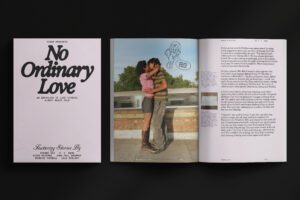

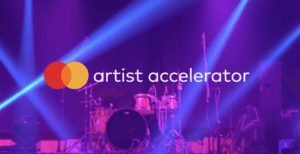
 Network
Network